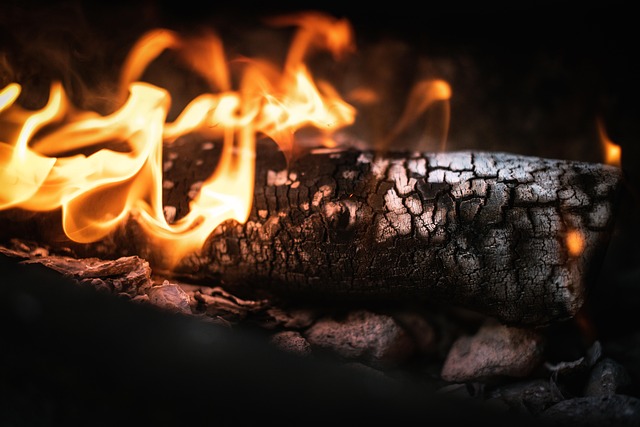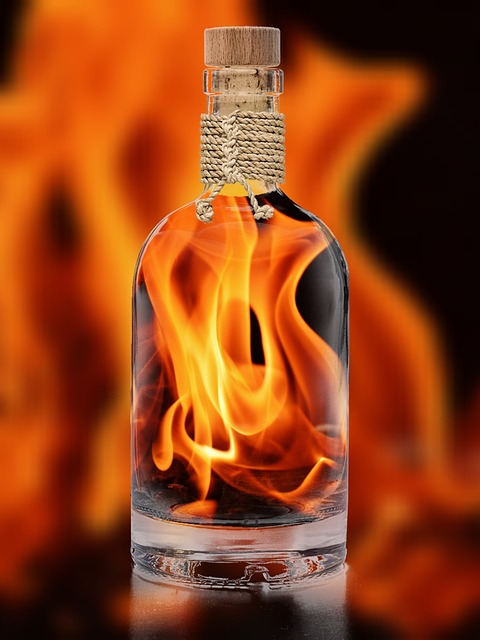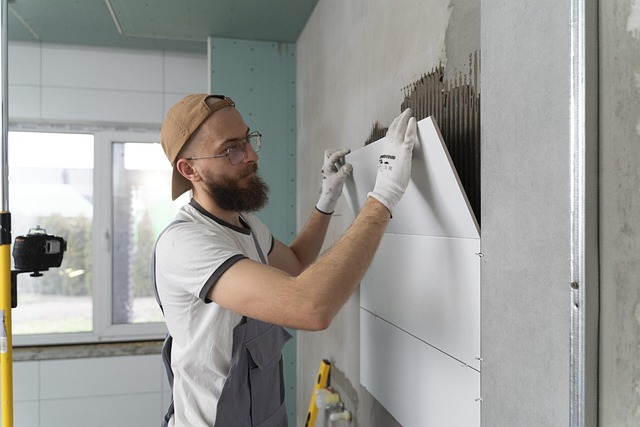In Texas, post-fire or smoke infiltration incidents require stringent smoke damage assessments per building codes. Certified inspectors meticulously examine structural integrity, material impact, and health hazards from residual toxins using specialized equipment. Their detailed reports guide insurance claims, restoration projects, and ensure property safety, aiding informed decision-making in Texas' thriving home restoration industry.
In the aftermath of a fire, smoke damage can wreak havoc on Texas properties. A thorough understanding of smoke damage assessment is crucial for homeowners and restorers alike. This comprehensive guide delves into the intricacies of Texas property inspections, focusing on key components of smoke damage reports and emphasizing the vital role of certified inspectors in the restoration process. By exploring these aspects, you’ll gain valuable insights into navigating smoke damage in Texas homes.
- Understanding Smoke Damage Assessment in Texas Property Inspections
- Key Components of a Comprehensive Smoke Damage Report
- The Role of Certified Inspectors in Texas Home Restoration
Understanding Smoke Damage Assessment in Texas Property Inspections

In Texas, smoke damage assessment is a critical component of property inspections, especially after fires or other incidents involving smoke infiltration. The state’s rigorous building codes and standards require thorough evaluations to ensure the safety and habitability of homes and commercial spaces. Assessing smoke damage involves a meticulous process where inspectors analyze various factors, such as the extent of smoke penetration, types of materials affected, and potential health risks associated with residual toxins or contaminants.
Texas property inspection reports should detail the impact of smoke on structural components, finishes, and personal belongings. This includes documenting discoloration, odour, and any signs of degradation caused by smoke. Experts use specialized equipment to detect hidden damage and measure air quality, ensuring that properties meet health and safety guidelines before reoccupation. A comprehensive assessment helps property owners, insurance providers, and occupants make informed decisions regarding repairs, restoration, or replacement, playing a vital role in the recovery process after smoke-related incidents in Texas.
Key Components of a Comprehensive Smoke Damage Report

When conducting a smoke damage property inspection in Texas, several key components ensure a comprehensive report. First and foremost, assess the extent of the smoke exposure by examining visible evidence such as soot stains on walls, ceilings, and structures. Document the affected areas with detailed photos, noting the size and scope of the damage.
Next, evaluate the potential health risks associated with smoke inhalation. Identify any hazardous materials or pollutants present and provide information about their potential impact on occupants. In Texas, understanding local regulations and guidelines for remediation is crucial. Include recommendations for decontaminating and restoring affected spaces, ensuring compliance with safety standards specific to the region.
The Role of Certified Inspectors in Texas Home Restoration

In Texas, where home restoration is a significant industry, certified inspectors play a crucial role in ensuring thorough and accurate assessments after smoke damage. These professionals are equipped with the knowledge and skills to navigate the complex landscape of property inspection following a fire. They meticulously evaluate every aspect of a structure, from structural integrity to hidden risks like mold growth, which can often be concealed by lingering smoke residue.
Texas home restoration relies on these certified inspectors to provide detailed reports that guide insurance claims, renovation projects, and ensuring the safety of future inhabitants. Their expertise enables them to offer insights into potential long-term effects of smoke damage, helping property owners make informed decisions during the restoration process.
In conclusion, smoke damage property inspections in Texas require a thorough understanding of local regulations and a comprehensive report that guides home restoration. Certified inspectors play a vital role in navigating this complex process, ensuring that properties in Texas are restored safely and effectively after a fire incident. By adhering to key components outlined in this article, professionals can deliver detailed reports that assist homeowners and contractors in making informed decisions during the restoration process.
